Rethinking workplace culture

I sat there, sipping my tea, watching as the room buzzed with energy. The food was great, the company lively – but something felt off. As I listened to the conversations around me, I felt like my soul was slowly slipping away.

It wasn’t the people – they were friendly, engaged, clearly enjoying themselves. Yet, as the minutes stretched into hours, I found myself withdrawing, mentally checking out.
At first, I thought maybe it was just me. Maybe I was being too judgmental. Maybe I was tired. But then, as I tuned into the discussions more closely, I realised what was bothering me.
The conversation was almost entirely about other people.
For over an hour, the group had been talking about colleagues – what they did, how they behaved, what they said or didn’t say. It wasn’t necessarily malicious gossip, but it wasn’t constructive, either. It felt… stagnant.
It made me wonder: Is this what people talk about? Is this how they connect?

As someone who has spent most of my life as an entrepreneur, this dynamic felt foreign to me. So, instead of sitting in discomfort, I did what I always do when faced with something I don’t understand.
I sought perspective.
When conversations feel draining: Understanding the disconnect
I started messaging a few friends, sharing my experience and asking for their take. One of the most insightful responses came from Jeremiah Su, an entrepreneur who, like me, had transitioned from traditional employment into building something of his own.
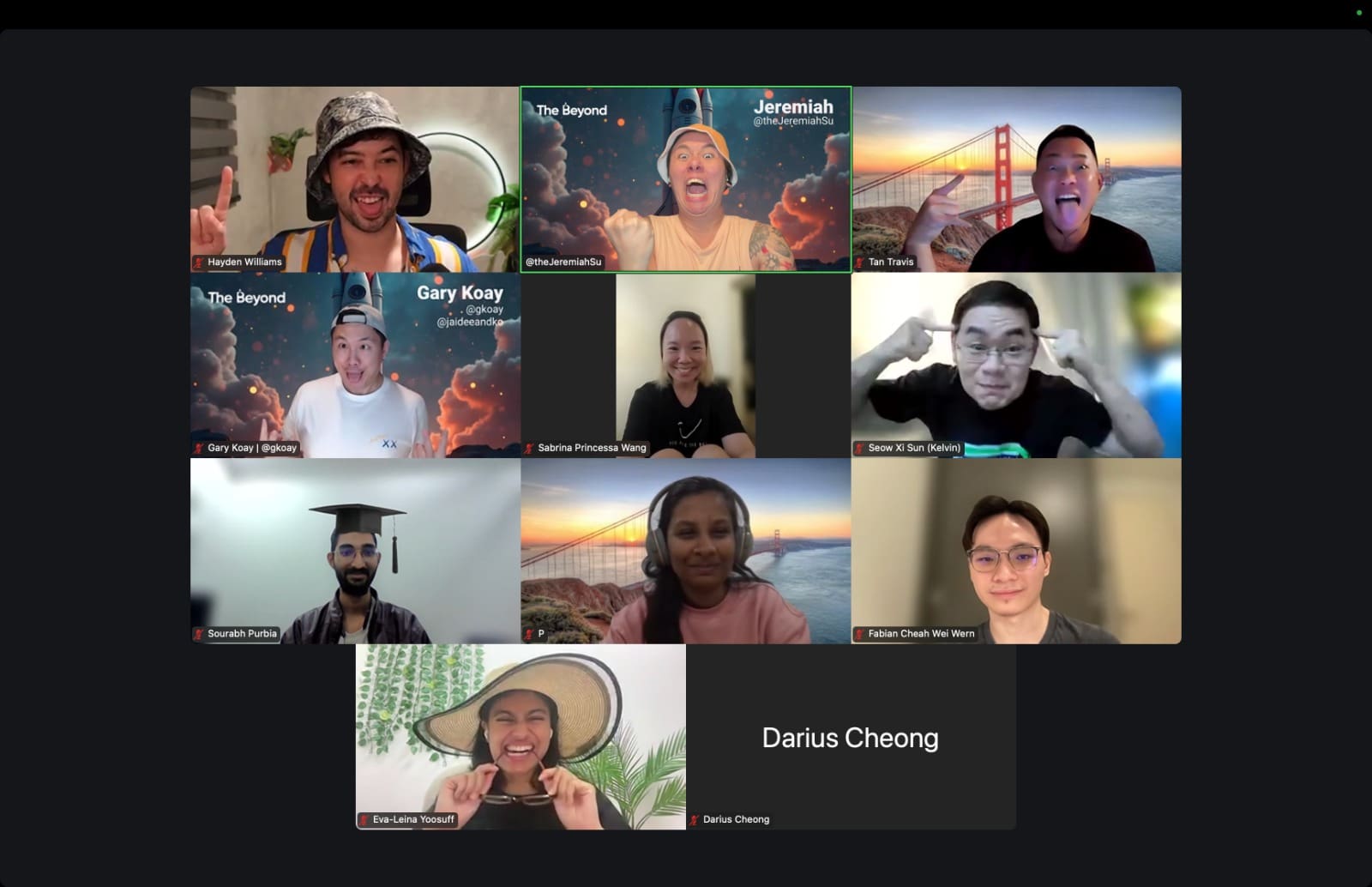
Here’s how our conversation went:
My message to Jeremiah:
“I feel like my brain is melting. They’ve been talking about random people for hours. Is this how people bond? Am I missing something?”
Jeremiah’s Perspective:
“This is the difference between an employee mindset and an entrepreneur mindset.”
He went on to explain that for many employees, their workplace is their world. Since they spend most of their waking hours in the office, it naturally becomes their primary reference point for social interaction.
“For them, work isn’t just about tasks – it’s also their social circle, their routine, their environment. So, when they gather outside work, the most common topic of discussion is their colleagues.”
On the other hand, entrepreneurs are constantly thinking about growth, innovation, and the bigger picture. Our conversations tend to revolve around ideas, new ventures, challenges, and solutions.
“It’s not that one is better than the other – it’s just a different way of seeing the world,” he added.
That was when it hit me.
The reason I felt disconnected wasn’t because the conversations were inherently wrong – it was because they weren’t aligned with my perspective.
And that’s an important distinction.
A bigger question: What does this say about workplace culture?

This experience sparked another thought: What kind of conversations happen within my own company?
At People’s Inc. 360, we’re all about automation, efficiency, and freeing up time for meaningful work. But is that reflected in the daily conversations my team is having?
I couldn’t help but wonder:
- Are my employees having meaningful discussions that inspire growth?
- Do they feel engaged and excited about their work?
- If casual conversations lean toward gossip, does that signal something deeper – perhaps a lack of fulfilment or a feeling of being stuck?
Instead of jumping to conclusions, I knew this was something I needed to discuss with my chief people officer, Margaret.

Because leadership isn’t about assuming – it’s about listening, learning, and adapting.
At People’s Inc. 360, we’ve intentionally built a workplace culture that prioritises flexibility, engagement, and innovation. Unlike traditional office environments, our team operates with a work-from-anywhere model, ensuring that productivity isn’t confined to a desk.
To keep things exciting, we’ve integrated quests and gamification into daily operations – turning tasks into engaging challenges that reward creativity and efficiency. This approach not only keeps motivation high but also fosters a culture of continuous learning and problem-solving.
If you’re curious about how this works in action, check out this YouTube video where I dive deeper into the People’s Inc. 360 experience:
Culture is co-created: The role of leadership in workplace engagement
One of the most insightful takeaways from my chat with Jeremiah was this:
“Workplace culture is top-down. If you don’t want a toxic work environment, it starts with leadership.”
That resonated deeply.
At its core, workplace culture isn’t just about what happens inside the office – it’s about the behaviours, attitudes, and mindsets that get reinforced every day.
This is where the ABC Framework (another gem from Jeremiah) comes in:
- A – Attitude: What energy do we bring to the workplace? Are we fostering positivity, collaboration, and continuous growth?
- B – Behaviour: What kind of conversations are encouraged? Are people talking about ideas or just people?
- C – Culture: What are the shared values that shape interactions and workplace dynamics?
At the Royal Visionary Society, we emphasise manifestation, personal growth, and entrepreneurship. But how do we ensure that these values translate into the everyday experience of our community and team?

I don’t want to control conversations – I want to empower meaningful ones.
That doesn’t mean forcing people to have ‘intellectual’ discussions all the time. It simply means ensuring that the work itself is fulfilling enough that it naturally sparks engaging conversations.
Reframing the experience: Not every room is for you – and that’s okay

Another important realisation from this experience was this:
Not every conversation, every room, or every social dynamic will align with us – and that’s perfectly okay.
It’s easy to assume that when we feel disconnected, there’s something wrong – either with the people around us or with ourselves.
But sometimes, it’s just about differences in perspective.
- Some people thrive in structured environments; others prefer constant reinvention.
- Some find joy in familiar conversations; others crave new insights and intellectual stimulation.
- Some connect through shared experiences; others connect through shared ideas.
Neither is right or wrong – they’re just different ways of navigating life.
The lesson here? Instead of trying to fit into every room, focus on cultivating spaces where you truly belong.
Empowering perspective, positivity and manifestation

Rather than walking away from this experience feeling drained, I choose to reframe it as an opportunity for growth.
1. Perspective:
- Instead of frustration, I now see these conversations as a reflection of different worldviews.
- It’s not about dismissing them but about understanding why people engage the way they do.
2. Positivity:
- Instead of thinking, “This is toxic,” I ask, “What can be done to create more enriching conversations?“
- That’s where leadership, culture, and engagement come in.
3. Manifestation:
- If I want my environment to be inspiring, I need to be intentional about the culture I build.
- This means fostering workplaces and communities where growth, creativity, and meaningful discussions are the norm.
A thought-provoking question for you

Have you ever found yourself in a conversation that felt draining?
What do you think makes a work culture feel engaging and fulfilling?
Let’s discuss! Drop your thoughts in the comments – I’d love to hear your perspective.
Final thoughts

This experience wasn’t about judgment. It was about understanding how different people see the world, what fuels their conversations, and what that says about the environments we create.
More importantly, it was a reminder that we have the power to design the spaces in which we thrive.
So whether in business, friendships, or social settings – let’s be intentional about the energy we bring, the discussions we nurture, and the cultures we shape.

Because when we do that, we don’t just change conversations – we change lives.

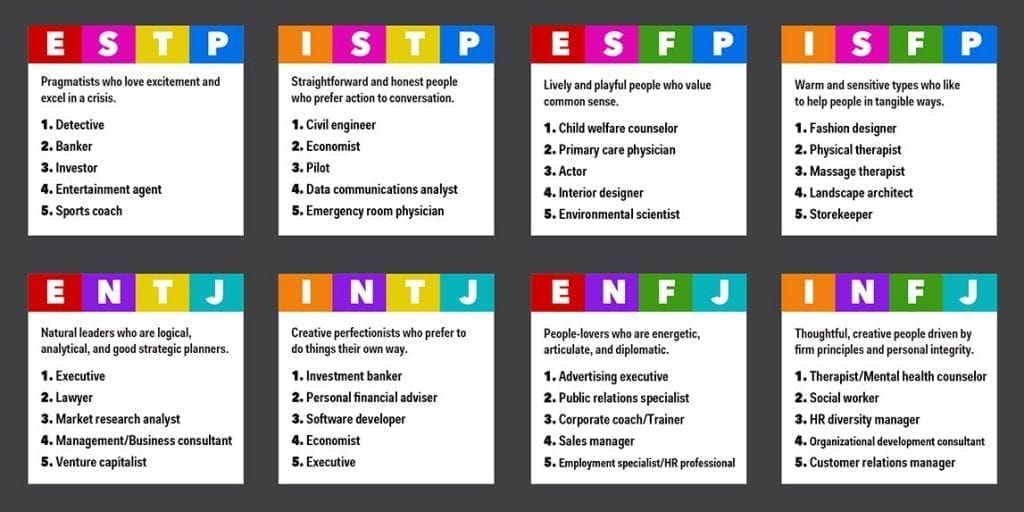


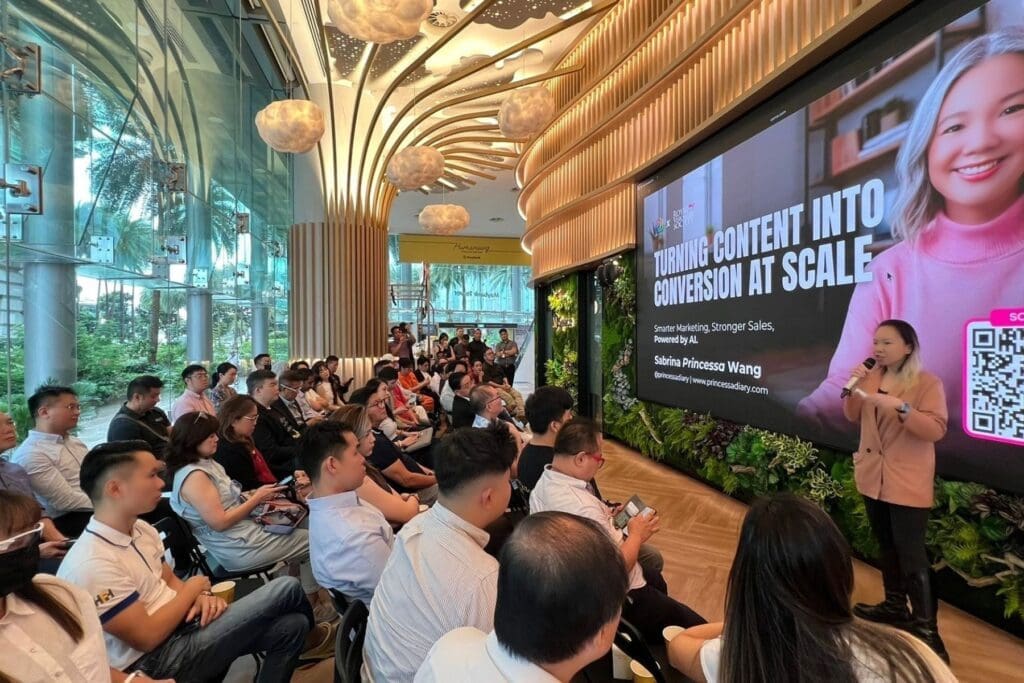

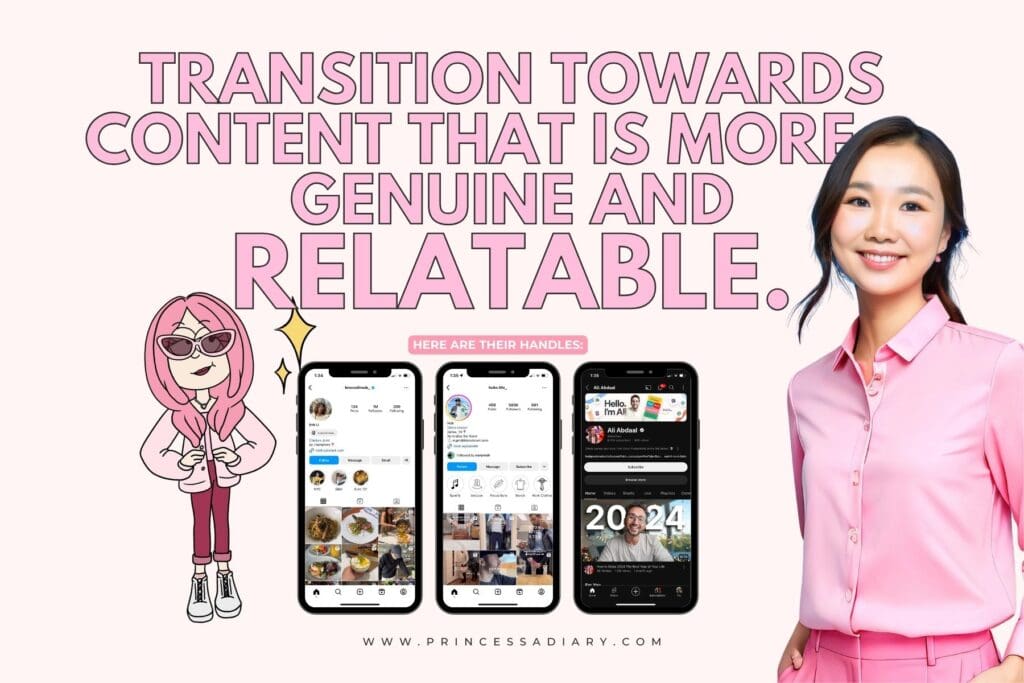



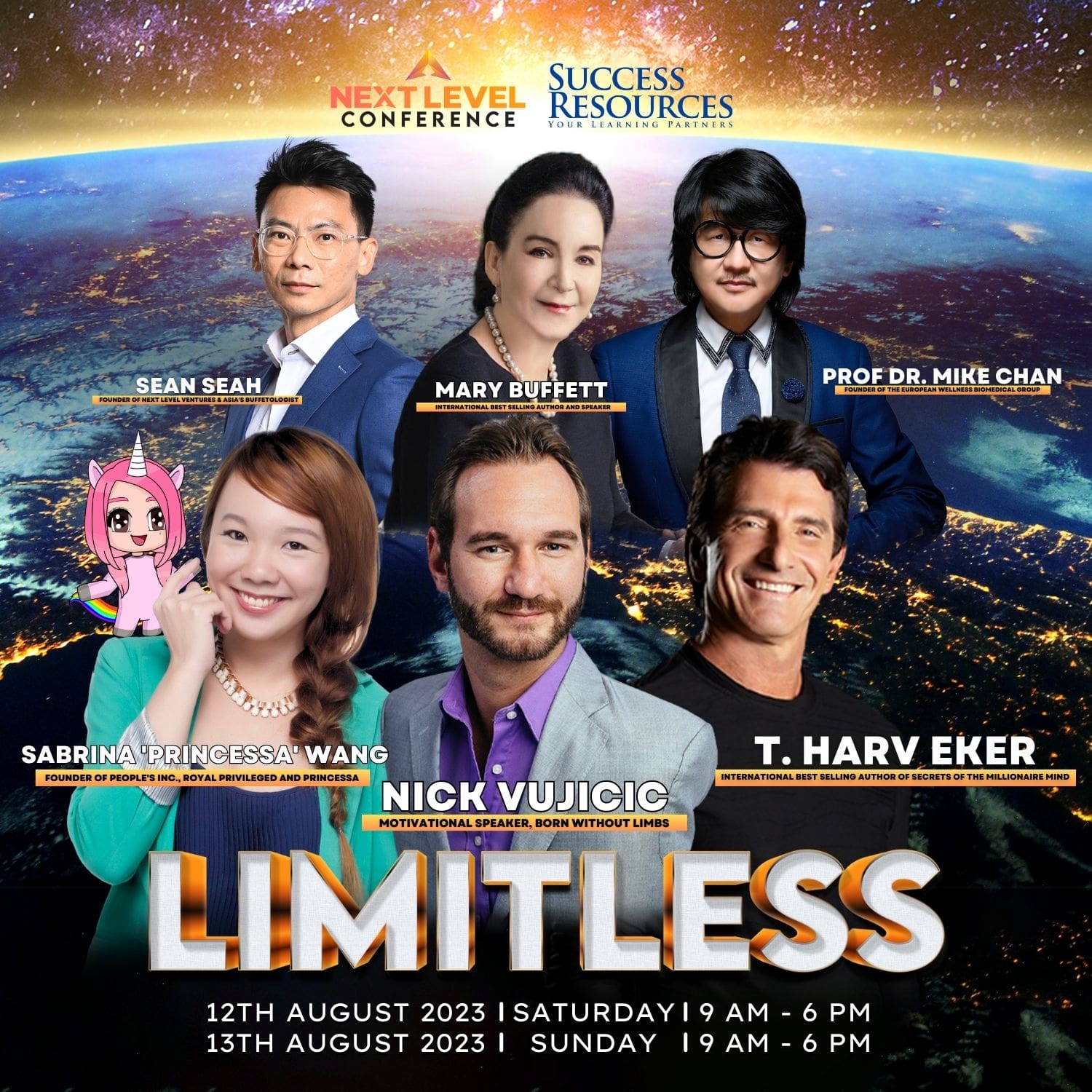
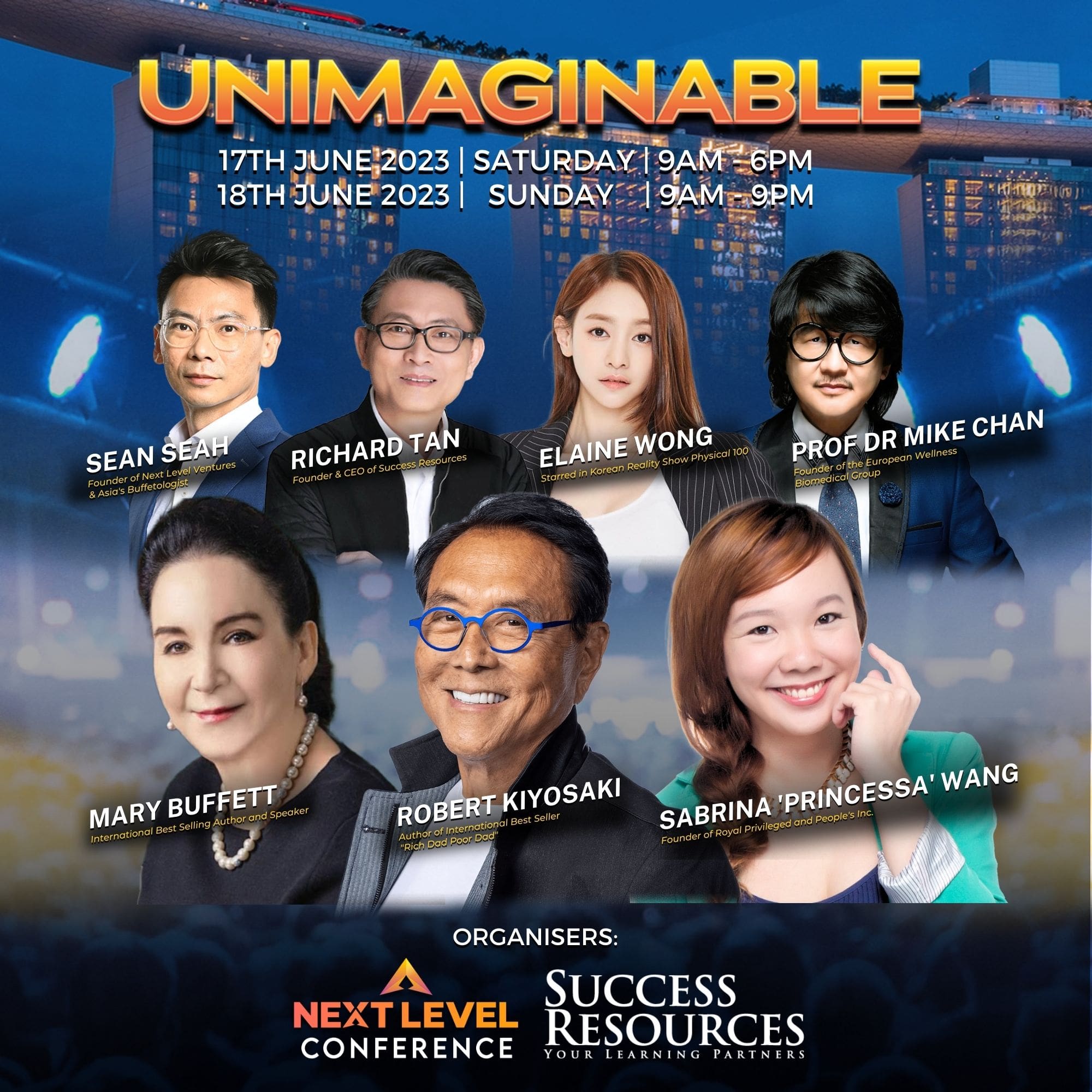
Responses